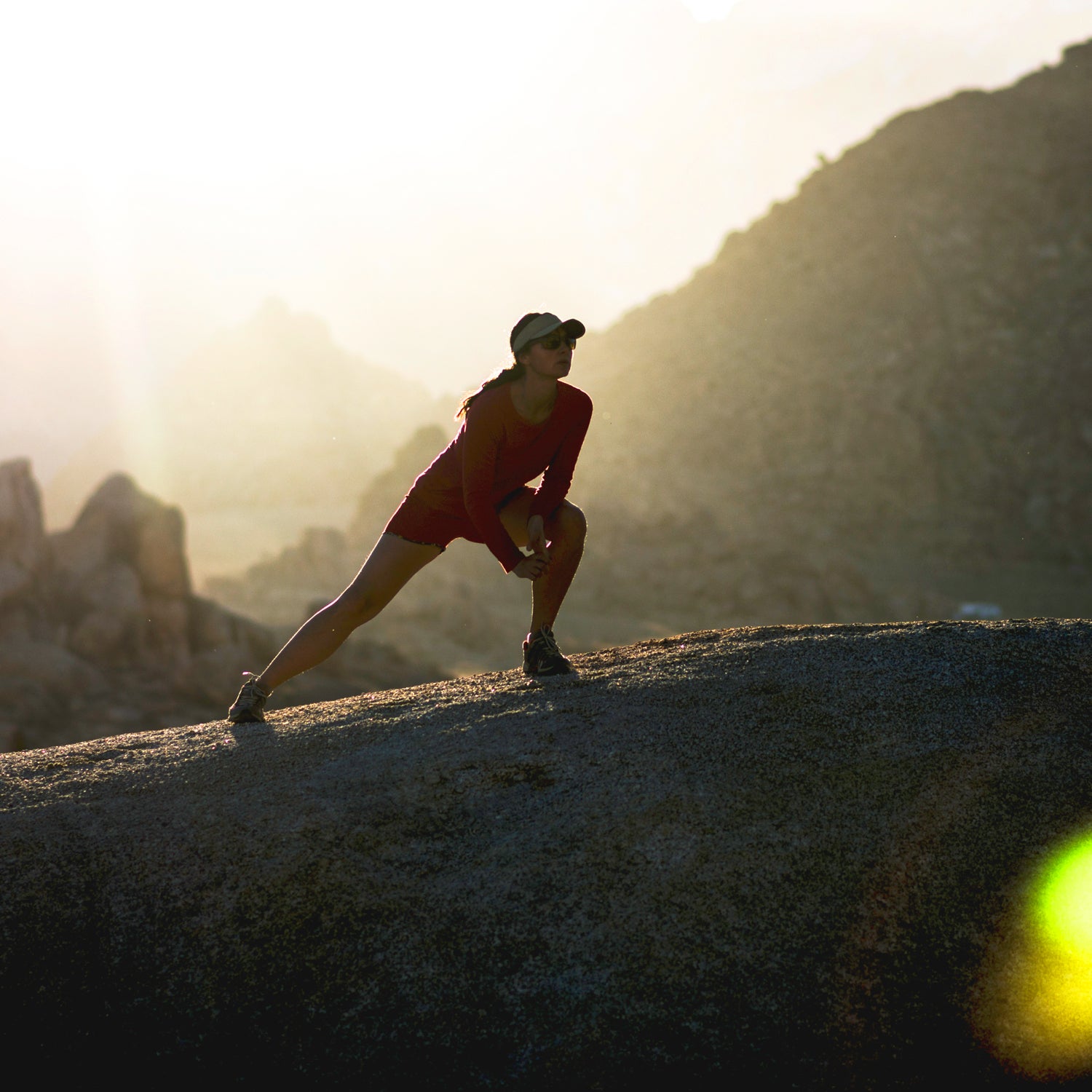Any time you increase the duration or the intensity of your workouts, you also increase your risk of injury—especially if you're not tending to those body parts that are seeing the most wear and tear. The solution, says renowned physical therapist, Kelly Starrett, is to do just that: Devote 10 to 15 minutes, every single day, to basic maintenance on your body.
By maintenance, he means a mix of active recovery and mobility work—a routine he teaches in his books �����Ի��� as well as his popular blog. These techniques, he says, bring fresh blood into tight muscles, increase joint and tissue range of motion, and improve mechanics and flexibility.
“When you do nothing on your days off, all you're doing is resting and perhaps catching a mental break from training,” says Starrett. “But when you perform mobility work, you're potentially shortening your recovery time and improving yourself as an athlete. And the best part is you're not compromising your recovery or doing anything that will tax you mentally.”
Those 10 to 15 minutes should first focus on tight or sore spots, but can also address other body parts in a preemptive, preventative manner. Here are a few of Starrett's suggestions on how to use them wisely.
Warm-Up and Cooldown Don't Count
If you're already easing into (and out of) your hard workouts with a few minutes of slow jogging or dynamic stretching, keep at it. But don't count this toward your daily maintenance time.
“People will often go for a long run, toss their shoes in the corner, and not really think about their legs or their feet until their next run,” says Starrett. “You need to be spending 10 minutes a day, minimum—no days off—dedicated to something entirely separate from your regular workout.” (Instead of tacking this time on immediately before or after you run, make time before bed or while you're watching TV.)
Roll Out Your Muscles
Self-myofascial release, or applying pressure with a foam roller, tennis or lacrosse ball, or another massage tool, is one of the biggest pillars of daily maintenance. For runners, calves, hamstrings, glutes, and quads are some of the most important areas to hit regularly.
The bottoms of runners' feet are often neglected, as well, even though they take more pounding than any other part of the body. (That's why they're prone to plantar fasciitis and other tight tendon issues.) So take a few minutes every day to roll them with a lacrosse or golf ball—left to right and also top to bottom. You can roll from a seated or standing position; just be sure you're putting enough pressure on the foot to really feel the massage working those tight spots.
Work Your Joints
Spend a few minutes addressing range of motion issues in your hips and ankles—two spots where runners see overuse injuries because of joint stiffness and weakness in the surrounding muscles.
Exercises like squats and Starrett's famous help activate glutes and open up the hips. Single-leg balance moves increase ankle strength, and moves like ankle flexion with a resistance band, calf stretches, and deep squats (sink hips all the way to ankles and stay there for several minutes) will release tightness and improve mobility.
Stay Active
As long as you're not feeling completely burnt out or worried you have a serious injury, keep your muscles moving on your “rest” days with 30 minutes of easy walking, cycling, or other cross-training at an easy, low-intensity pace.
“You can and should use active recovery and mobility work in conjunction with one another,” says Starrett. “For example, you can do a light 2-kilometer row to get your blood circulating. Then, after you've warmed up, perform 10 to 15 minutes of mobility work—something like rolling around on a lacrosse ball or mobilizing in a functional position, like the bottom of the squat.”


